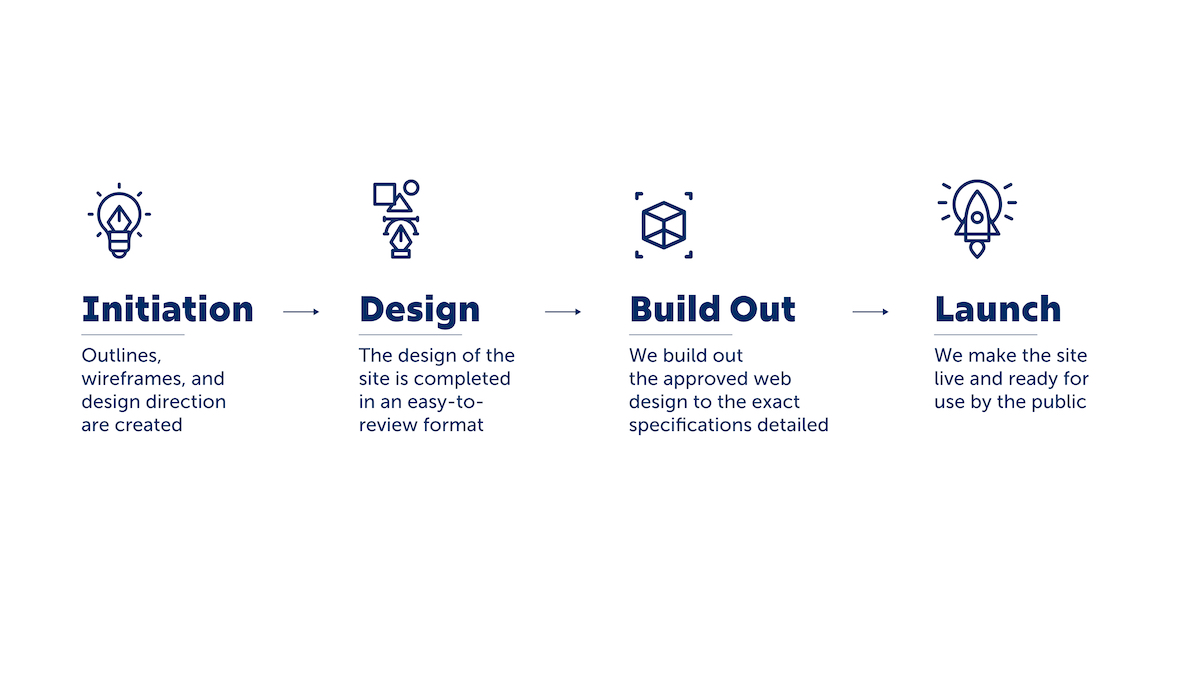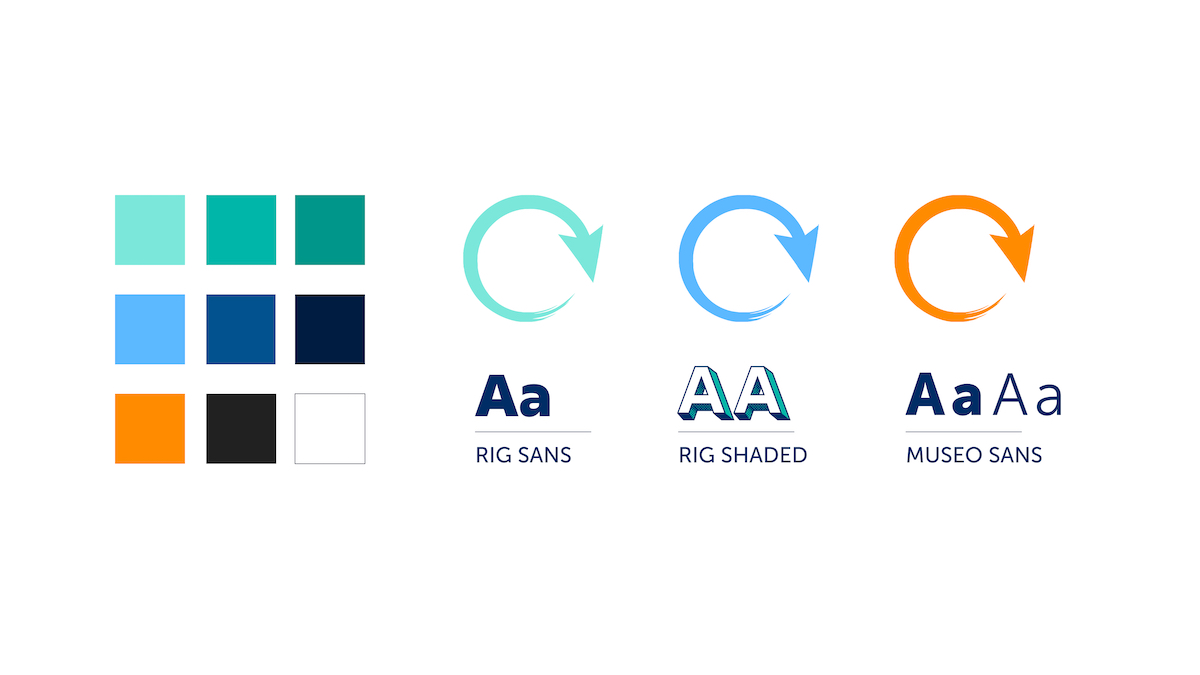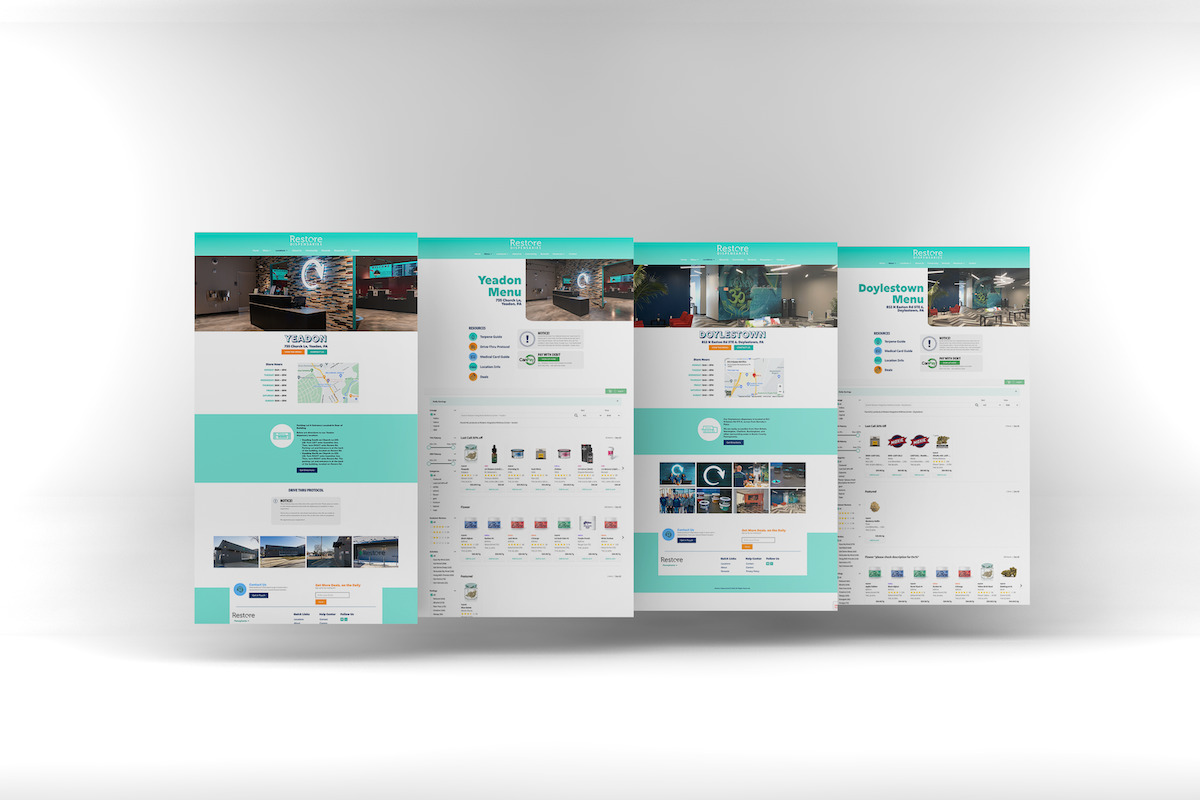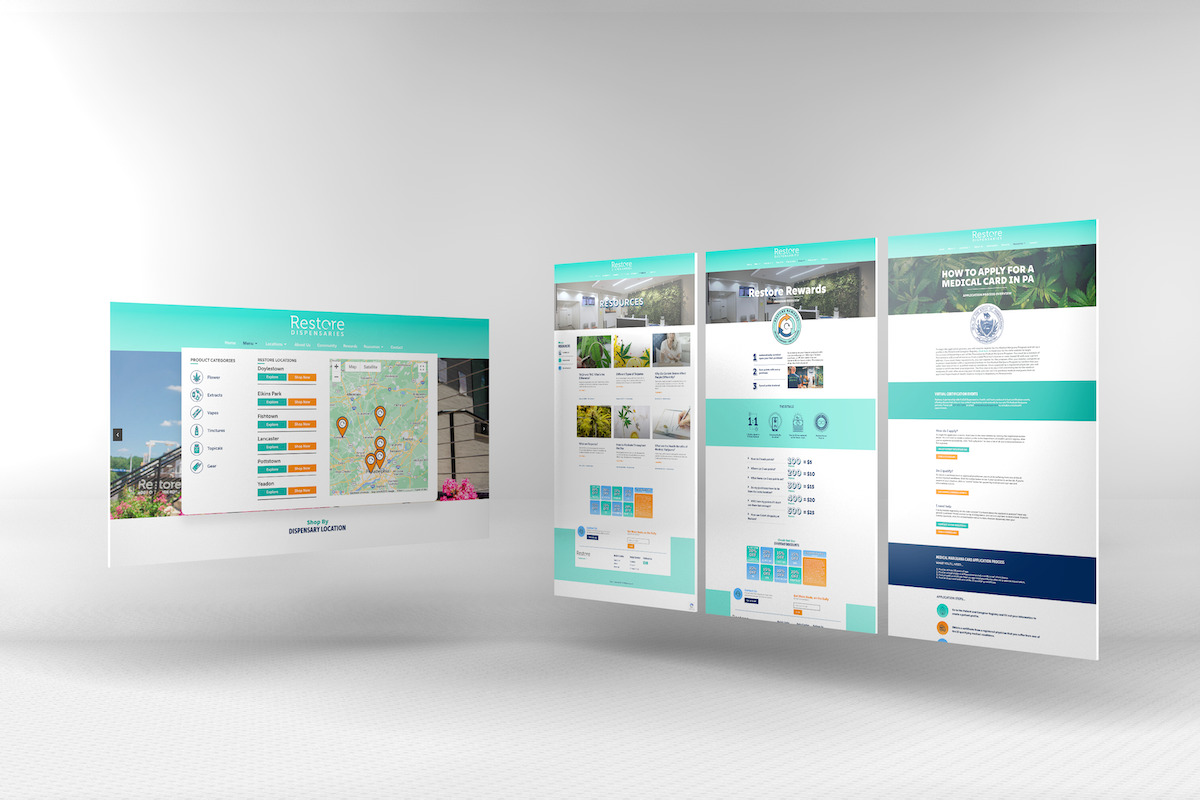Dispensary Website Design Case Study
Learn how we designed and developed a new website for Restore Dispensaries with a superior user experience that generated a 21.1% increase in traffic.Project Overview
Restore Dispensaries is the premier medical marijuana dispensary in Pennsylvania, with six locations in the state. We've worked with Restore and guided their marketing, design, and paid media strategy since they opened their Fishtown, Philadelphia location to patients in 2018.
Since its inception, Restore's brand has evolved to better represent the company and its values of community impact and compassionate care. After strategy sessions and discussions with Restore's team, we determined that a new website for the brand was necessary to communicate these critical pillars of the brand and create a more seamless e-commerce and user experience.
We're flexible with our website design projects and have worked alongside brands in many capacities. For example, we've worked directly with internal marketing teams and marketing managers but are also capable of steering the ship. In this case, Restore's team entrusted us to take the lead on not only the design of the website but also the structure, organization, and shopping experience.
The Brand
In a state that is becoming increasingly dominated by multi-state operators and large cannabis brands, Restore has cemented itself among the premier dispensaries in Pennsylvania by prioritizing its community impact initiatives and making products affordable to their patients through an extensive discount and rewards program. We focused heavily on these pieces in the planning process to properly communicate Restore's commitment to patients and the community at large.
As a brand, Restore falls somewhere in the middle of the spectrum for a cannabis company. Their aesthetic leans more clean and professional but is not stiff or unapproachable. From a design standpoint, we needed to find a way to create a brand system and layout that were compelling and aesthetically pleasing without becoming too casual or distracting.
In the sections below, we detail our design process and how we moved from the planning stages to execution and the eventual completion of a fully functional dispensary website.

Strategic Planning
We begin the first stage of any website design with a series of strategy meetings with our clients to brainstorm ideas and help us decipher their expectations for the website and its functionality. While we take the lead on all aspects of the process, we do like to take a collaborative approach to ensure that the finished site contains all of the necessary features and fits the overall brand vision. In our strategy meetings with Restore, we reviewed examples of things that other dispensary websites do effectively and areas in which they were lacking. We also identified Restore's desires for the user experience of the website and how they preferred information to be organized.
Having worked in the cannabis space for over a decade, we're able to cut out the "ramp-up time" that a non-cannabis-focused agency would need to get up to spend on state regulations, menu integrations, location information, and other things that are somewhat unique to dispensary websites. In the planning stage, we came to Restore with recommendations for how each piece should be handled in terms of menu page structure, the location page system, discount information, and other important highlights.
After careful planning, preparation, and collaboration with Restore, our design team produced an outline and wireframe with a proposed menu structure, a list of all pages to be included in the website, and a general structure for how the various sections of the website would interlink and guide visitors between them. Once approved, we were ready to proceed with the first phase of the actual design and buildout process.
To start the design process, we created a rendering or "front end" design of the website to show the Restore team how the completed website would look when developed and coded. This is essentially a mock-up of the website that shows the client exactly how the finished website will look but is easier for us to edit and adjust than the version built in a content management system like WordPress. We went through a few brief revision rounds with Restore to get it exactly to their liking before we moved on to the development stage.
Design Process
We follow a proven set of steps for each website design project to ensure a smooth process. The constants in every project are high levels of communication and open feedback. However, every client and website design project is different, so we can adapt our approach and be flexible to accommodate our clients and how they prefer to work. This section will explain our design process and how we prioritize various pages and areas of our websites.
After we have the outline and wireframe for the website, we typically start with the homepage design. Here, we incorporate various brand elements, identify effective typographies and imagery, and establish the overall look and feel of the website. After submitting a draft of the homepage to the client, which typically takes about two weeks, we circle back to them to get their feedback on our direction. After a meeting to review progress and some revisions, we have a framework we can apply across the rest of the website.
Next, we design the other top-level pages listed in our outline and wireframe, like menu and deal pages, about pages, informational content, and more. We share each finished page with the client, who will begin to see the complete website come together. We find this approach effective because the client is involved throughout the process and knows what to expect from the completed website, rather than not seeing any progress until we're six weeks in and the work doesn't align with their vision.
After developing the homepage and several other core pages, we have a good base for the final website. From here, we adjust and fine-tune everything to prepare for launch.
Here are some items that we complete in the next stage, as the website begins to take shape, among other things:
- Development of ancillary pages
- Integration of dispensary menus
- Mobile and tablet optimization and responsiveness
- Website speed testings and optimization
- Set up lead capture and contact forms
Website design is a detailed, collaborative process that requires thorough planning and clear communication. Working closely with Restore, we ensured that the website contained all the features they needed, like information on the rewards program, custom iconography, and a menu system that was easy to navigate.

Brand System and Design Assets

Pictured above is a simple brand guideline we developed for Restore showcasing their fonts, colors, and brand symbols.
Structure and Navigation
A dispensary website should help guide visitors to important sections of the website, whether that be the menu pages, location information, educational content, or anything else.
Visitors don’t always know what they’re looking for, but a well-structured navigation system helps to emphasize the following:
- Store and location specifics
- Information about the brand
- Where to find answers to frequently asked questions
- Clear prompts and call-to-actions
We developed a straightforward, well-structured menu structure for Restore that emphasizes both content and intent-based pages.

Pictured above are examples of custom menu and location pages we developed for each of Restore's dispensaries.
Dispensary Menu System
One of the crucial pieces for us to execute correctly on the Restore website was the menu system and e-commerce experience. With more robust software becoming available in the cannabis space and an evolving payment processing landscape, e-commerce will ultimately be a critical component as it is in other industries. Although dispensaries are still heavily dependent on in-store and cash transactions, many patients prefer to shop directly from their phones for pick-up or delivery.
We developed a simple yet effective menu system for Restore where patients can shop by the location nearest them. The menu pages for each location are easily accessible from the main menu so that patients are a single click away from their preferred menu, no matter where they are on the website. The result is an easily navigable menu experience and a system of pages that can rank in Google for search terms related to their respective location. For example, "Fishtown dispensary menu."
To take it a step further, we collaborated with Restore's online menu provider to develop code that allows customers to shop by product category and location through category links on the homepage.
Custom Icons
Our team developed a set of custom icons for Restore to represent various sections on the website. We created the first set of icons to represent each Restore location. The minimal designs mimic the design and structure of each Restore location and can be found on the homepage and individual location pages. Icons are effective for helping users identify where they are on the website. They're also a fun, visually appealing way to incorporate pieces of the brand on various pages and sections.
We also created custom icon sets for the Restore Rewards program and the resource or pillar pages under which blog posts will be categorized (more on this in the next section). The Restore Rewards logo was our idea to expand the brand further and give the rewards program its own identifiable logo for Restore to use on the website and in-store to promote its benefits and parameters.
Pictured above are custom icons that we designed for various sections of the Restore Dispensaries website.
Content Organization
Most of our clients work with us on other projects outside of web design, such as marketing strategy, paid media campaigns, ancillary design projects, and other ongoing engagements. Because we manage these aspects of marketing and branding, we understand the importance of creating a website structure conducive to search engine optimization efforts and content strategy.
We developed a category or "pillar page" system for Restore to organize the blog content, videos, and other resources to be produced after the launch of the new website. The category system we created provides an easy way for users to navigate relevant content, whether it be articles about consumption methods, strains, terpenes, coming community events, or information about Pennsylvania's medical marijuana program.
We paired each pillar page with a custom icon and created an individual page to house the posts under each category. When we write and publish new content pieces for Restore, they will automatically show up under their respective pillar page to help transform the website into a robust hub for cannabis content.

Pictured above are examples of the main menu and resource pages on Restore's website where patients can find the location nearest them, browse menu pages, and explore educational content.
The Results
When executing a website redesign for an established client with an online presence, we take great care to ensure that the proper steps are taken to maintain website traffic and keyword rankings. This includes putting the proper redirects in place, establishing an appropriate system for page URLs, and other considerations. Restore's website traffic, and several other user experience metrics improved considerably within one month of the new website launching. Site architecture and intuitive navigation are two aspects, among others, we focused on during the redesign process that contributed to these improvements.
Here are some improvements we observed after launch:
- 21.1% increase in monthly website users
- 15.3% increase in monthly website sessions
- 15.6% increase in monthly website pageviews
- 34.6% increase in average session duration
- 27.6% decrease in bounce rate (the percentage of visitors to a particular website who navigate away from the site after viewing only one page)
We're thrilled at how the website came together and have received great feedback from Restore's patients regarding the user experience and overall look and feel.
Please visit restoredispensaries.com to check out the finished site for yourself and take advantage of Restore Rewards while you're at it.
